Proper preparation for new bed
zaphod42
14 years ago
Related Stories
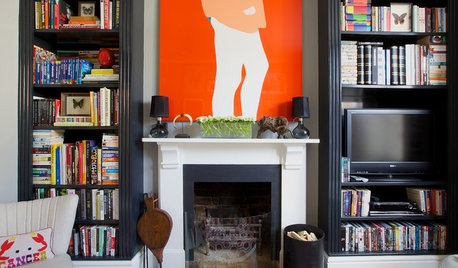
TRAVEL BY DESIGNHow to Prepare Your House for a Home Swap
Trading homes for your vacation? Leave yours in great shape for your guests and help them enjoy a happy break with these 12 tips
Full Story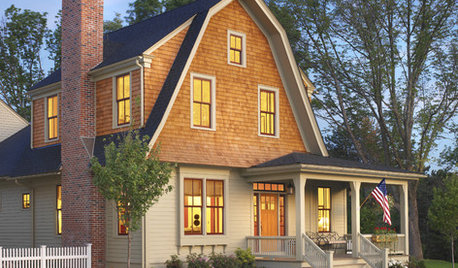
LIFEHow to Prepare Your House for Emergencies
Knock on wood you won't have any big mishaps at home, but it's important to be ready. Our checklist can help
Full Story
LIFEHow to Prepare for and Live With a Power Outage
When electricity loss puts food, water and heat in jeopardy, don't be in the dark about how to stay as safe and comfortable as possible
Full Story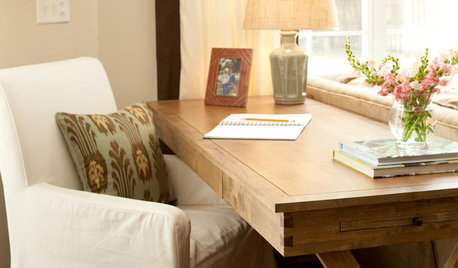
LIFEBe Prepared With a Household Inventory
Document your household's contents the efficient way, then let your list help you streamline your belongings
Full Story
GARDENING GUIDESHerb Garden Essentials: Grow Your Own Delicious Mint
Pull out a pot for this one. Mint's spreading habit and hard-to-kill nature can be a blessing — if you're properly prepared
Full Story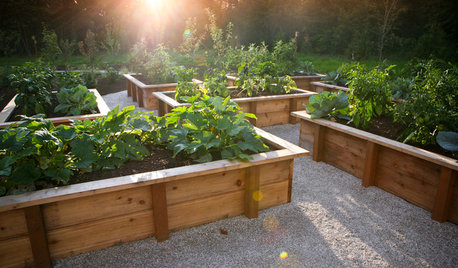
GARDENING AND LANDSCAPINGRaised Beds Lift Any Garden
From good old-fashioned wood garden boxes to modern metal troughs, raised beds can make any landscape space look great
Full Story
SELLING YOUR HOUSEHelp for Selling Your Home Faster — and Maybe for More
Prep your home properly before you put it on the market. Learn what tasks are worth the money and the best pros for the jobs
Full Story
BEDROOMSHow to Get the Look of a Rope-Hung Bed
A true hanging, swinging bed can be pricey to install. Get the next best thing with a platform bed and decorative rope. Here’s how
Full Story
FEEL-GOOD HOMEThe Pros and Cons of Making Your Bed Every Day
Houzz readers around the world share their preferences, while sleep and housekeeping experts weigh in with advice
Full Story
GARDENING GUIDES8 Materials for Raised Garden Beds
Get the dirt on classic and new options for raised vegetable and plant beds, to get the most from your year-round garden
Full Story





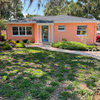
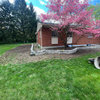

socalgal_gw Zone USDA 10b Sunset 24
missingtheobvious
Related Professionals
Port Royal Landscape Architects & Landscape Designers · Wakefield Landscape Contractors · Bethel Park Landscape Contractors · Burlington Landscape Contractors · Holland Landscape Contractors · Little Ferry Landscape Contractors · Middle River Landscape Contractors · Rockland Landscape Contractors · Woodburn Landscape Contractors · San Pablo Landscape Contractors · Fort Lee Decks, Patios & Outdoor Enclosures · Jupiter Decks, Patios & Outdoor Enclosures · Leander Decks, Patios & Outdoor Enclosures · Redan Swimming Pool Builders · Shady Hills Swimming Pool Buildersgardengal48 (PNW Z8/9)